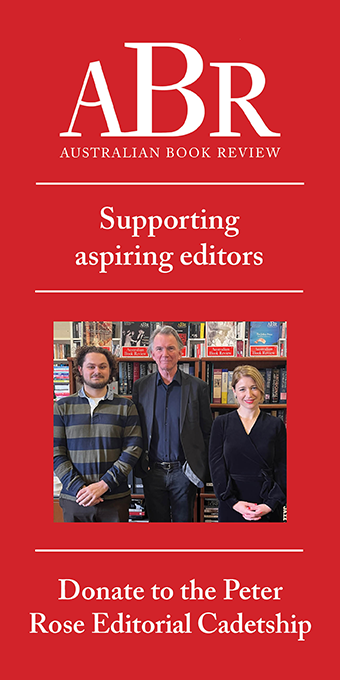What Happened at Vatican II
Harvard University Press, $49.95 hb, 380 pp
The good, bad and indifferent
Popes have long been wary of Church Councils, seeing them as possible rivals to their claim to absolute authority. When the Council of Constance met in 1414, there were three contending popes, each elected by a set of cardinals, and each with political support across Europe. At its end, two had been deposed, and the third, Gregory XII, having been recognised as pope, agreed to resign. A commission of Cardinals and others appointed by the Council then elected a new pope, Martin V, in 1417. Constance also decreed that the pope was to convene councils on a regular basis. Martin conformed for a time, but the practice soon fell away. Popes have preferred to govern alone, with the help of the Roman Curia.
Since the Council of Trent (1545–63), there have been just two Councils, both held on the pope’s home ground, Vatican I (1869–70) and Vatican II (1962–65). Vatican I is best known for declaring papal infallibility and for taking a stand against the modern world. Vatican II, by contrast, sought internal reform of the Church and engagement with other religions, and the modern world generally. As part of its reform program, the Council sought especially to develop a new style of governance based on collegiality between pope and bishops. For all its achievements, Vatican II failed to win this battle with Paul VI and the Roman Curia. This is a key argument in John O’Malley’s scholarly and engrossing account of what happened at Vatican II.
Continue reading for only $10 per month. Subscribe and gain full access to Australian Book Review. Already a subscriber? Sign in. If you need assistance, feel free to contact us.
















Leave a comment
If you are an ABR subscriber, you will need to sign in to post a comment.
If you have forgotten your sign in details, or if you receive an error message when trying to submit your comment, please email your comment (and the name of the article to which it relates) to ABR Comments. We will review your comment and, subject to approval, we will post it under your name.
Please note that all comments must be approved by ABR and comply with our Terms & Conditions.